zurück Peru
Returo Copacabana
Bolivien Copacabana Lago Titicaca Titicacasee Porto Copapcabana
Fahrt nach Tiahuanaco Pukara Kultur Fähre in Tiquina
Bolivien Estrecho de Tiquina Ruta National 2
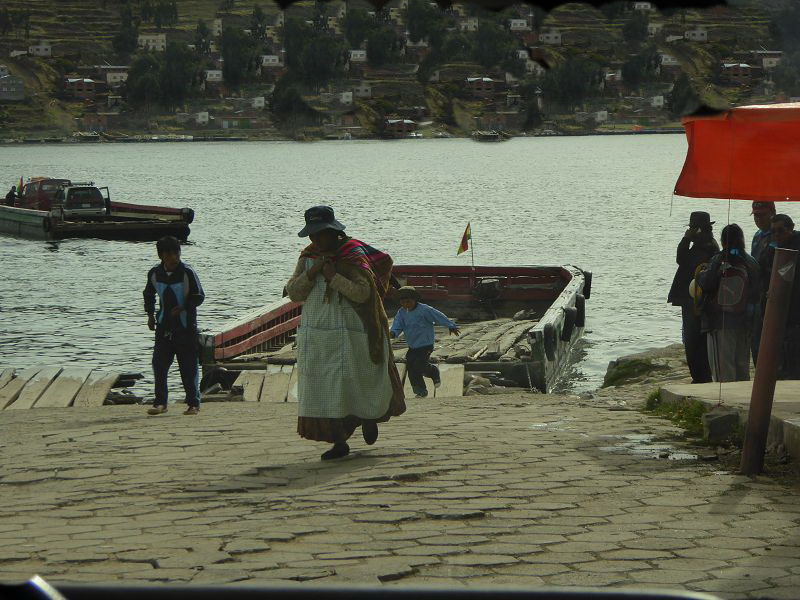 |
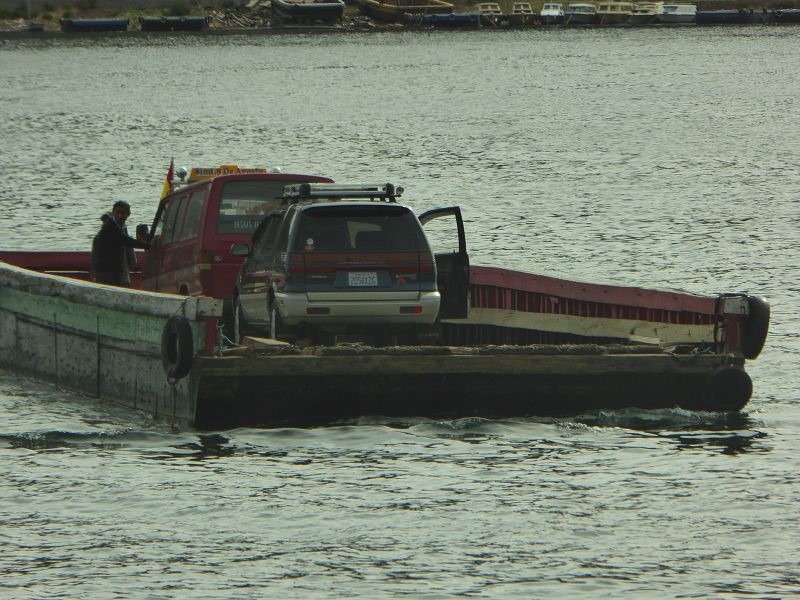 |
|
Bolivien Anden Fähre über Istmus Tiquina Titicaca Fahrt nach
Tiahuanaco Lago
|
Bolivien Anden
Fähre über Istmus Titicaca Tiquina Fahrt nach Tiahuanaco Lago
|
 |
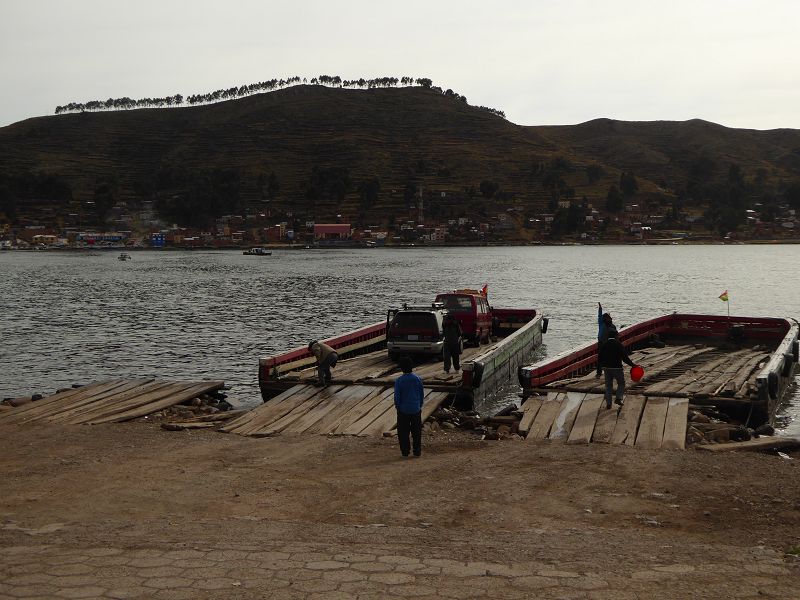 |
|
Bolivien Anden Fähre über Istmus Tiquina Titicaca Fahrt nach
Tiahuanaco Lago
|
Bolivien Anden
Fähre über Istmus Titicaca Tiquina Fahrt nach Tiahuanaco Lago
|
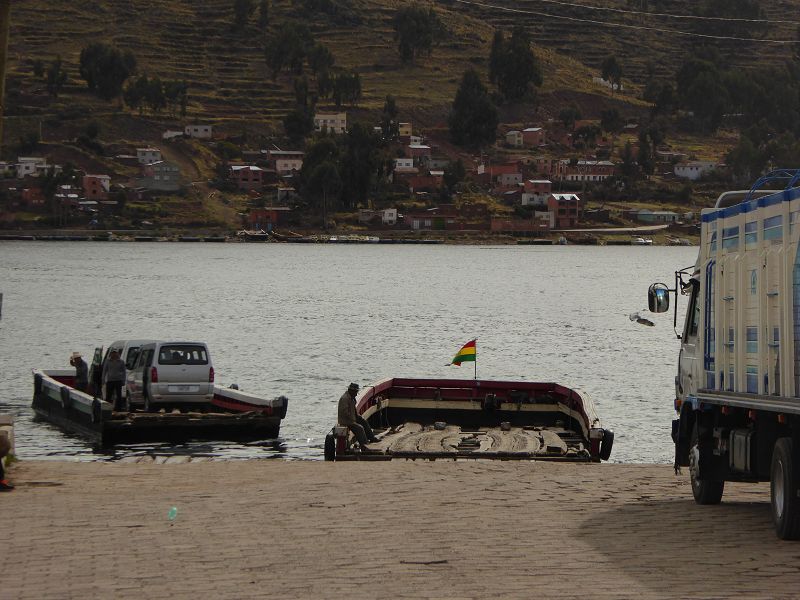 |
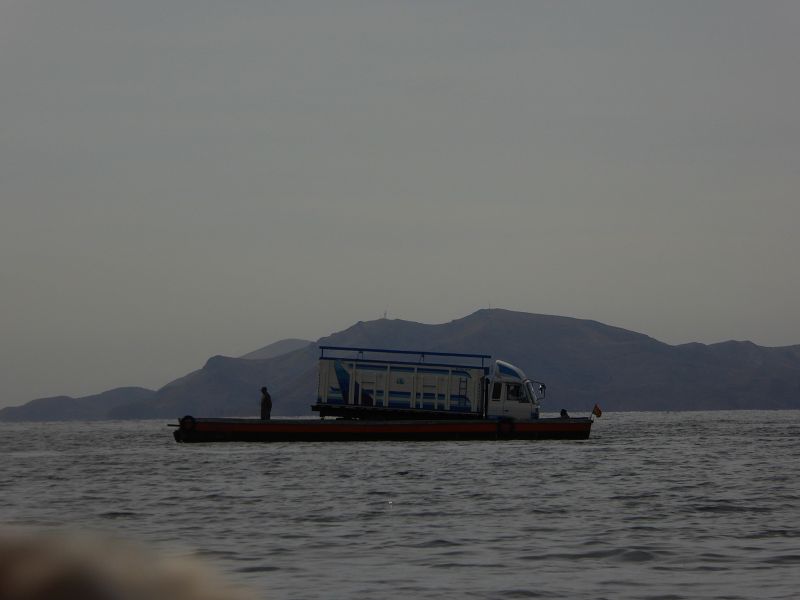 |
|
Bolivien Anden Fähre über Istmus Titicaca Titicacasee Fahrt nach
Tiahuanaco Lago
|
Bolivien Anden
Fähre über Istmus Titicaca Titicacasee Fahrt nach Tiahuanaco Lago
|
 |
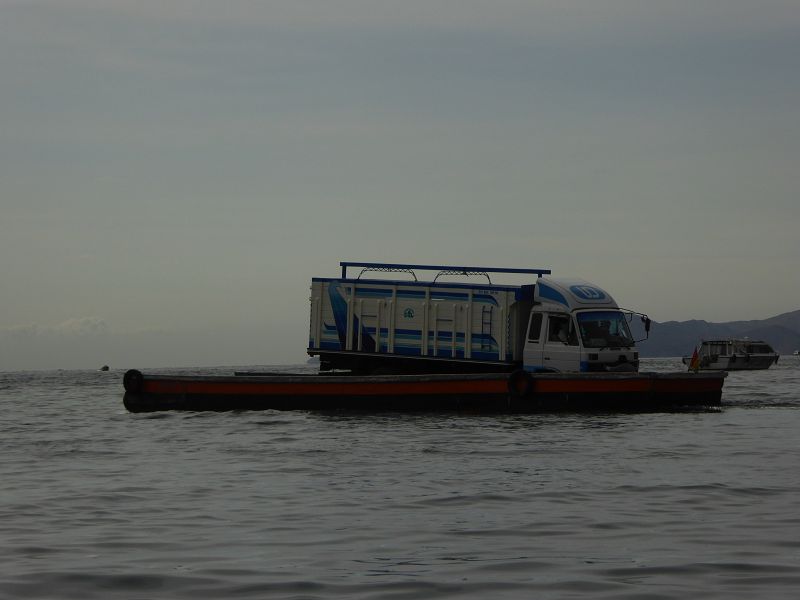 |
|
Bolivien Anden Fähre über Istmus Titicaca Titicacasee Fahrt nach
Tiahuanaco Lago
|
Bolivien Anden
Fähre über Istmus Titicaca Titicacasee Fahrt nach Tiahuanaco Lago
|
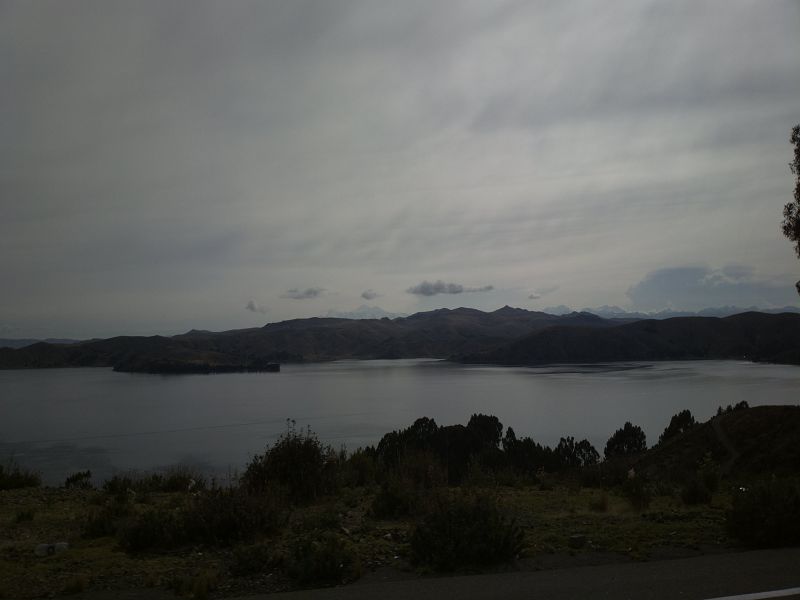 |
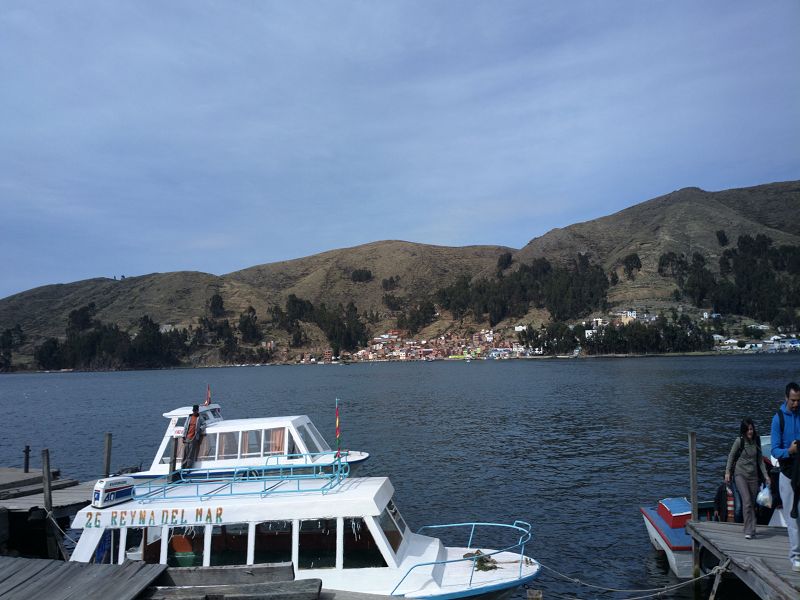 |
|
Fähre über den Titicacasee in
Ecofuturo gegenüber Estrecho de Tiquina
|
Fähre über den Titicacasee in Ecofuturo gegenüber Estrecho de
Tiquina
|
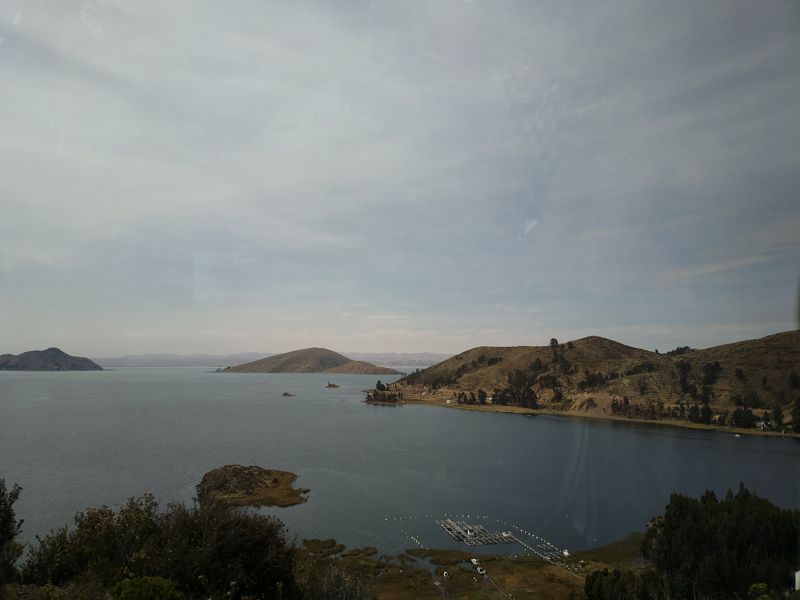 |
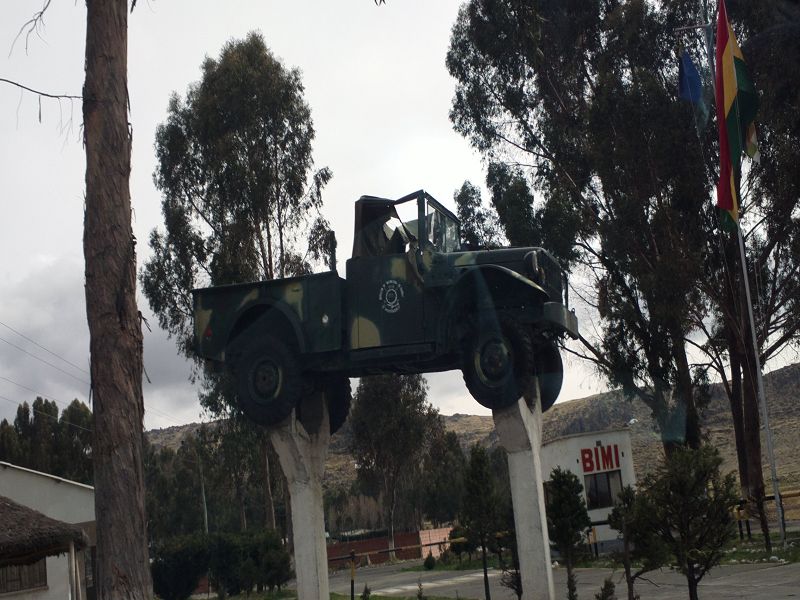 |
| Fähre über den Titicacasee in
Ecofuturo gegenüber Estrecho de Tiquina |
Fähre über den Titicacasee in Ecofuturo gegenüber
Estrecho de Tiquina |
Puno Copacabana Las Olas Copacabana
Rosario del Lago www.hotelrosario.com
Puno – Copacabana F
Am Morgen fahren Sie von Puno aus mit privatem
Transfer und Guide nach Copacabana. Dort angekommen werden Sie zu Ihrem
Hotel gebracht und haben den Nachmittag zur freien Verfügung, um die Stadt, die
direkt am Titicacasee gelegen ist auf eigene Faust kennen zu lernen. Der
Wallfahrtsort liegt auf 3.818 Meter und blickt auf eine über 3000 Jahre alte
Geschichte zurück, es war einst ein bedeutendes Zeremonial- und Kultzentrum.
Schlendern Sie durch die engen Gassen und schauen Sie sich in den vielen kleinen
Läden nach Souvenirs um. Empfehlenswert ist auch eine kleine Wanderung zum Cerro
Calvario, von wo aus Sie einen wunderschönen Blick auf den Titicacasee haben.
Auf die bolivianische Seite des Titicacasees: Copacabana Heute
fahren Sie weiter auf die bolivianische Seite, in den Wallfahrtsort Copacabana.
Erkunden Sie noch das gleiche Örtchen bei einem Spaziergang, wenn Sie
möchten, und genießen Sie das grandiose Andenpanorama am Titicacasee
Tiquina
refers to a narrow strait located
on Lake Titicaca, which is one of
the most famous lakes in South America,
straddling the border between Bolivia
and Peru. The
Strait of Tiquina (also called
Estrecho de Tiquina in Spanish)
separates the northern and
southern parts of Lake Titicaca
and is a significant geographic feature in the region.
Here’s more detailed information about
Tiquina:
1.
Geography:
- The
Strait of Tiquina is a
narrow waterway that connects the
southern and northern
parts of Lake Titicaca. It
is about 800 meters (half a mile)
wide and forms a critical passage for both
local traffic and
navigation.
- The
strait lies near the town
of Tiquina on the
Bolivian side of Lake
Titicaca, located in the La Paz
Department of Bolivia. This area is important for connecting
different regions of the
lake and plays a role in regional
transport.
2.
Transport and Crossing:
-
Ferries cross the Strait
of Tiquina, carrying both
passengers and vehicles,
including cars and
trucks. It’s one of the
main routes for those traveling across the lake between the
town of Copacabana (on
the southern shore) and
San Pablo de Tiquina and
San Pedro de Tiquina (on
the northern shore).
- Since the
waterway is narrow,
ferries are the most common way to
transport people and goods across the lake. The crossing itself
takes a short time but provides a great
view of the surrounding
mountains and the vastness of Lake
Titicaca.
3.
Tiquina Town:
- The
town of Tiquina, located
near the strait, is a small Bolivian village with a population that relies
on the lake for its
livelihood. Tiquina
serves as a ferry crossing
point and is an important stop for travelers heading to
Copacabana or other
locations around the lake.
- The town also offers visitors a chance
to explore local culture,
including indigenous Aymara
traditions, food, and artisanal products.
4.
Cultural Significance:
-
Tiquina is historically
significant because it has been a crossing point for travelers and merchants
for centuries. The area
around the strait has been a center of indigenous
Aymara culture, with the
Aymara people living in the region for thousands of years. Their
spiritual and
cultural connections to
Lake Titicaca remain
strong.
- The
lake itself is regarded
as sacred in Andean
cosmology, often referred to as the
"birthplace of the sun"
in Inca mythology. For indigenous people,
Tiquina represents a key
water crossing,
connecting important cultural and historical regions.
5.
Tiquina’s Role in Tourism:
-
Tiquina is often visited
by travelers who are exploring
Lake Titicaca and its surrounding areas, especially those going to
Copacabana, a popular
tourist destination. The ferry
crossing is a major part of the
travel experience, as it
provides scenic views of
the lake and its surrounding
mountains.
- Many travelers
stop by Tiquina to
explore the local markets,
where they can purchase handmade
crafts, traditional
clothing, and textiles
made by the Aymara people.
- The
Strait of Tiquina itself
offers a picturesque spot for
photography, as it provides a unique view of the
Lake Titicaca landscape.
6.
Environment:
- Like much of
Lake Titicaca, the
Strait of Tiquina is
located in a region with a delicate
ecosystem, home to a
variety of aquatic species
and waterfowl. The
region's flora and fauna
are influenced by the high-altitude environment, with the lake sitting at an
elevation of approximately 3,800
meters (12,500 feet) above sea level.
- The local community, particularly in
Tiquina, is mindful of
the need to preserve the
environment as tourism grows in the area. Efforts have been made to
protect the water quality
and local wildlife while
still allowing for sustainable tourism and transport.
7.
Activities and Attractions Near
Tiquina:
-
Lake Titicaca offers many
tourism activities that
visitors can enjoy while passing through the Tiquina area, including:
-
Boat trips around the
lake, visiting Isla del Sol
(Island of the Sun) and Isla
de la Luna (Island of the Moon), two of the most significant
islands on Lake Titicaca.
-
Hiking around the
mountainous terrain
that surrounds the lake, offering
incredible views.
-
Cultural visits to
the Uros Islands,
where people live on floating reed islands, and exploration of
Aymara and
Incan archaeological
sites in the region.
8.
Visiting Tips:
- When crossing the Strait of Tiquina,
be prepared for changing weather
conditions—the high-altitude environment can be quite
cold, especially in the
early morning or late afternoon.
-
Dress in layers and bring
sunscreen for the intense
sunlight at high altitudes.
- If you're traveling by ferry,
keep an eye on the boat schedules,
as the ferries run regularly, but it’s best to check the times to ensure
smooth transfers between the different regions of the lake.
Conclusion:
The
Strait of Tiquina is a vital
and scenic geographical feature
of Lake Titicaca, offering
travelers a unique passage through one of South America's most iconic lakes.
Whether you're looking to cross from
Copacabana to the northern regions or simply experiencing local life,
the crossing at Tiquina is a memorable part of any visit to the lake.
 26.07.25 Copyright Dirk
Rauschenbach Koelnerstrasse 293 51702 Bergneustadt
Datenschutzerklaerung 02261 9788972 Mail ccooly(
at) web.de
26.07.25 Copyright Dirk
Rauschenbach Koelnerstrasse 293 51702 Bergneustadt
Datenschutzerklaerung 02261 9788972 Mail ccooly(
at) web.de
 Safaris
Bergsteigen
Wandern
Inselwandern Weltweit
Safaris
Bergsteigen
Wandern
Inselwandern Weltweit
 Europa
Inselwandern
Europa
Inselwandern
 Städtewandern
Städtewandern
 Paintings
Paintings Dirk Rauschenbach
Dirk Rauschenbach
 Safaris
Bergsteigen
Wandern
Inselwandern Weltweit
Safaris
Bergsteigen
Wandern
Inselwandern Weltweit
 Europa
Inselwandern
Europa
Inselwandern
 Städtewandern
Städtewandern
 Paintings
Paintings Dirk Rauschenbach
Dirk Rauschenbach




![]() 26.07.25 Copyright Dirk
Rauschenbach Koelnerstrasse 293 51702 Bergneustadt
Datenschutzerklaerung 02261 9788972 Mail ccooly(
at) web.de
26.07.25 Copyright Dirk
Rauschenbach Koelnerstrasse 293 51702 Bergneustadt
Datenschutzerklaerung 02261 9788972 Mail ccooly(
at) web.de